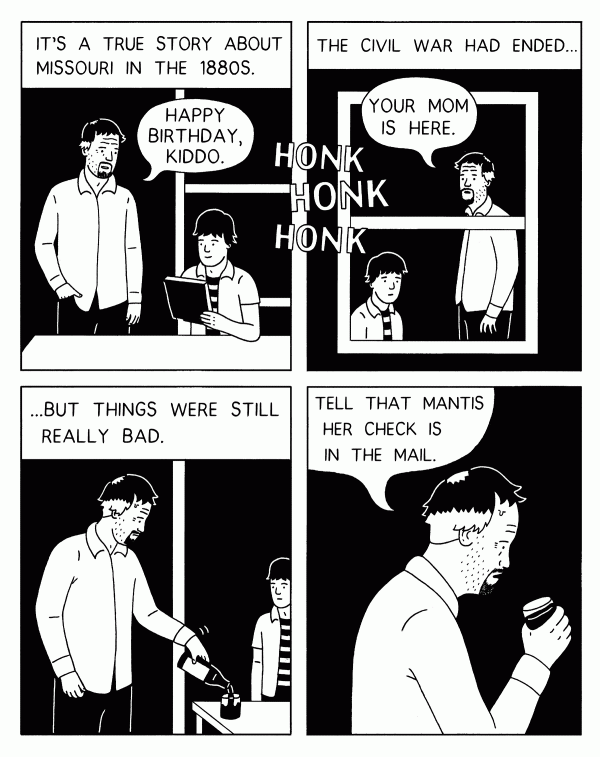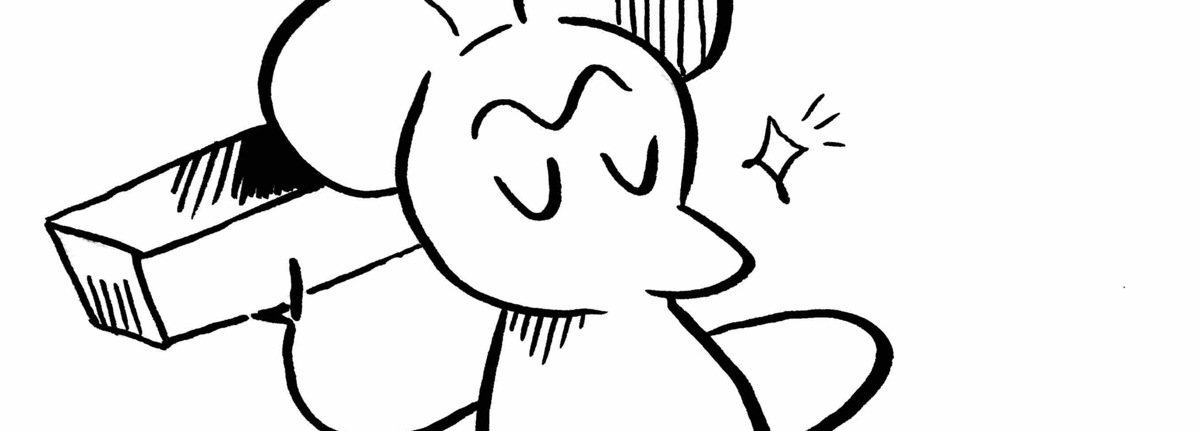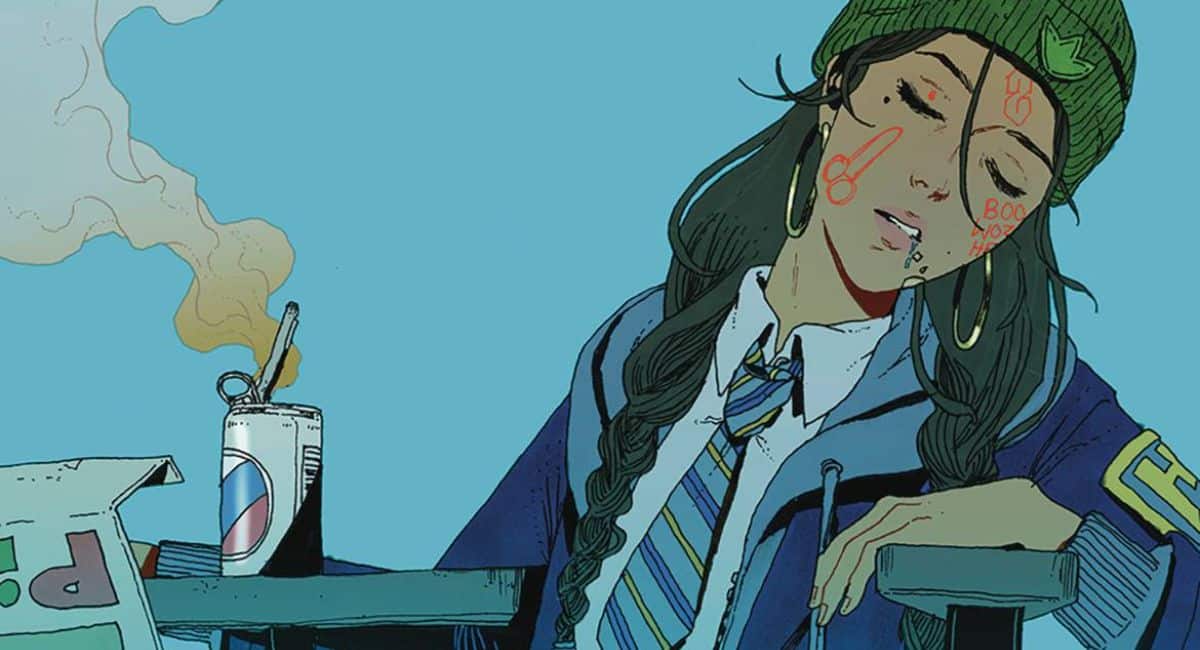The title of Robert Sergel’s Bald Knobber isn’t just a silly word juxtaposition but actually refers to a historical group of vigilantes from the late 19th Century that operated in the Missouri Ozarks. In the context of this diminutive book — diminutive only in page count and size, though, not concept or execution — it refers to the book Bald Knobbers: Vigilantes of the Ozarks, which Cole wrote a book report on. The story juxtaposes Cole’s book report, which he reads aloud to his class, alongside what is actually going on in his life.
In Cole’s mind, there’s a lot of intersect between the story of the Bald Knobbers and his own, and in a cursory way, he’s right. Or, at least, the similarities he’s finding are insightful and helpful in framing his situation in a more romantic, proactive way than it’s really unfolding. Really he’s just another troubled kid grappling with divorced parents, and the frightening change that situation brings about, but Cole is able to recast himself as a Bald Knobber lashing out at the unruly, fighting for justice.
Anyone who’s been in his position can attest that there isn’t much justice and a kid is often left in the position of acting out anger about the situation, most often directed at the parents and whoever they let into their lives post-divorce. Sergel depicts Cole’s romanticized trauma with the visual clarity of a Hernandez brother in sharp black and white with a lightness of tone that cuts the depressive qualities while still rendering them empathic to the character’s situation. The same with the writing — you can’t help but hold sympathy for Cole, but Sergel finds humor in his pain, much in the way you’d look back at your own dark moments.
It’s a great excuse to reveal an obscure corner of American history, but Sergel is able to wrap the esoteric information around some emotional truth, and that’s impressive. In a strange way, he’s also able to demonstrate the power of historical stories as being as important as fictional ones. Finding connections between your own situation and historical ones, even in the most absurd terms, is a method of creating lines in reality and of translating the movement of time in stark terms where the people may change and the situations may shift, but the root of what’s behind them can be related across hundreds of years, and that’s it’s own kind of comfort.
What’s surprising is that Sergel is able to put an unexpected spin at the end of the tale of dysfunction. One of the aspects missing from Cole’s investigation into and retelling of a historical event is the understanding that history has a perspective and that often reflects the agenda of the person or group doing the retelling. In many cases, this has caused history to be injected with the dichotomy of good versus evil, of parsing out moral aspects to the different sides and therefore creating the political divisions that sustain American anger.
But Sergel’s ultimate solution is to turn away from that binary and look beyond the surface on all sides. Which doesn’t mean he lessens the power of Cole’s hurt, but instead widens the possibilities in the emotional give and take that’s portrayed. I’m sure the Bald Knobbers were actually pretty complicated too.








